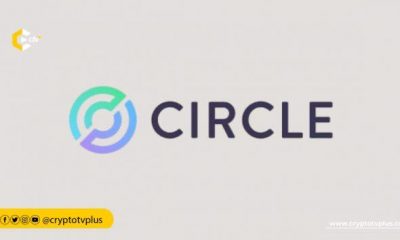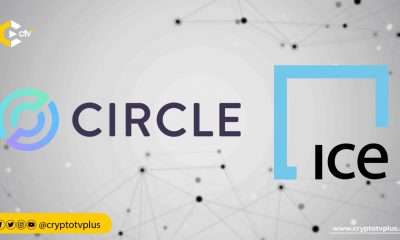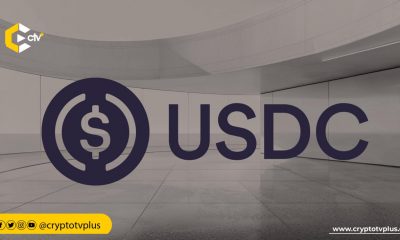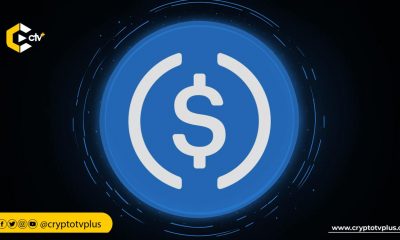News
Circle gets first patent for innovative Parallel Block Processing in Blockchains
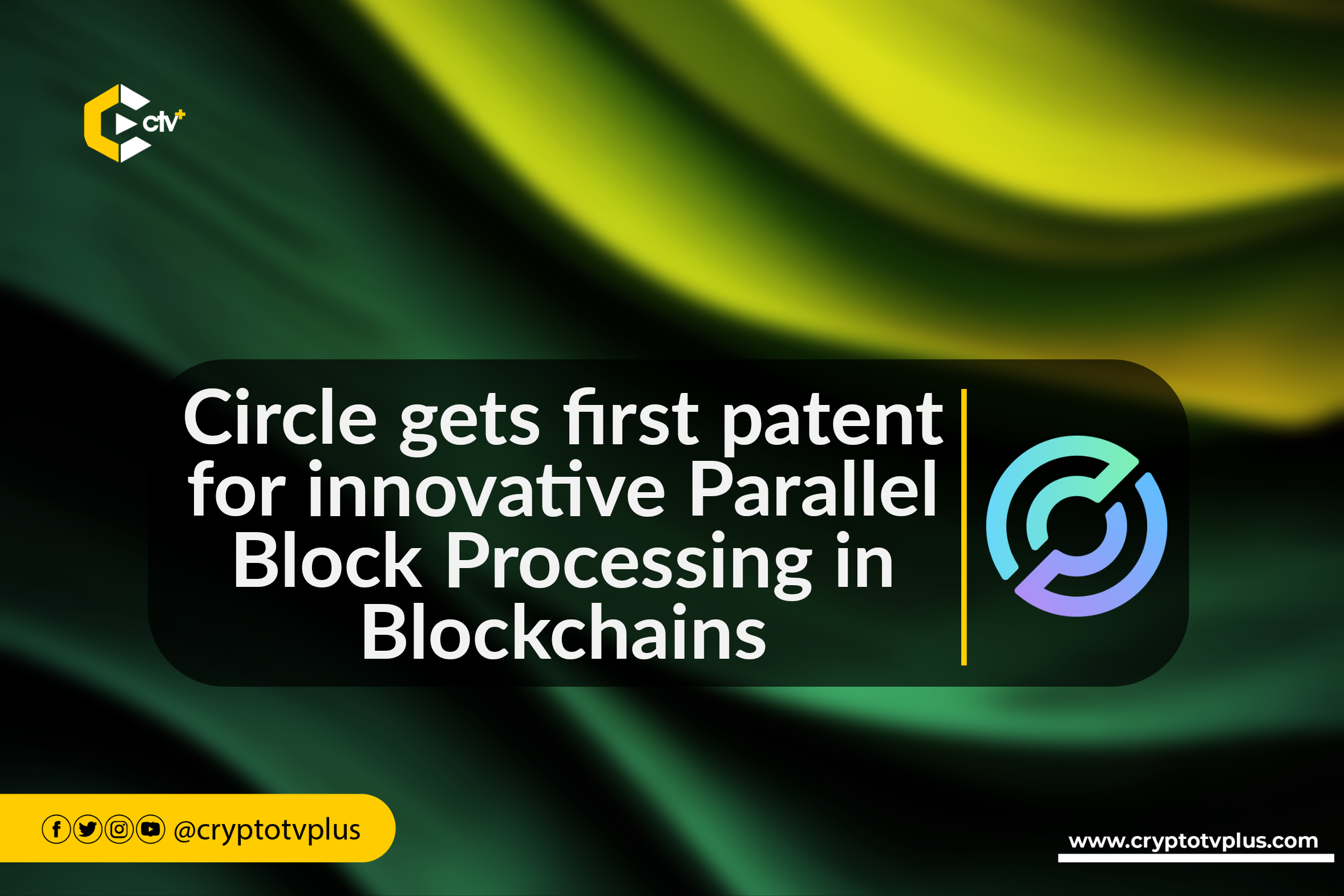
Circle has secured a patent for Parallel Block Processing in Blockchains. Developed by Marcus Boorstin, Director of
at Circle, this technique allows for the simultaneous processing of multiple pieces of information while maintaining the serial validation of blocks.
The company utilizes Parallel Block Processing in handling transactions for USDC on Solana, showcasing its effectiveness in a high-throughput environment compared to Ethereum.
Several Circle products, including Circle Mint, benefit from this innovation, especially when dealing with blockchain nodes that may experience delays and reliability issues.
Circle is a financial technology company that has developed a range of services and products to support the growth and adoption of digital currencies and blockchain technology.
The company is known for its USDC stablecoin, a digital currency pegged to the US dollar, which is widely used in the crypto ecosystem. Circle’s mission is to build a new internet financial system where money and value are exchanged using digital currencies.
It offers a variety of services, including stablecoin infrastructure, Web3 services, and programmable wallets, which enable businesses to scale and integrate digital dollars into their operations. Circle’s USDC stablecoin is used for a wide range of applications, including payments, remittances, and liquidity provision.
Explaining the challenges of parallelism in blockchain processing, Boorstin noted that, in software engineering, parallelism involves processing multiple pieces of information simultaneously – an intricate task when each block depends on the previous one.
“Circle’s invention provides a technique for processing blockchain data in a parallel manner while still serially validating all the blocks,” Boorstin explained.
Jeff Tang, Chief Intellectual Property Counsel at Circle, celebrated the patent as a major achievement, particularly as Circle gained traction on Solana. Tang noted that patents act as a testament to innovation and provide a layer of protection for Circle’s open architecture, which ensures freedom to operate.
The patent comes at an opportune time for Circle as it continues to expand its presence on Solana. Tang also expressed excitement about future innovations in 2024 and how the patent would contribute to Circle’s ongoing success.
Read also; WalletConnect shares future outlook, looks to operate independently in 2025



